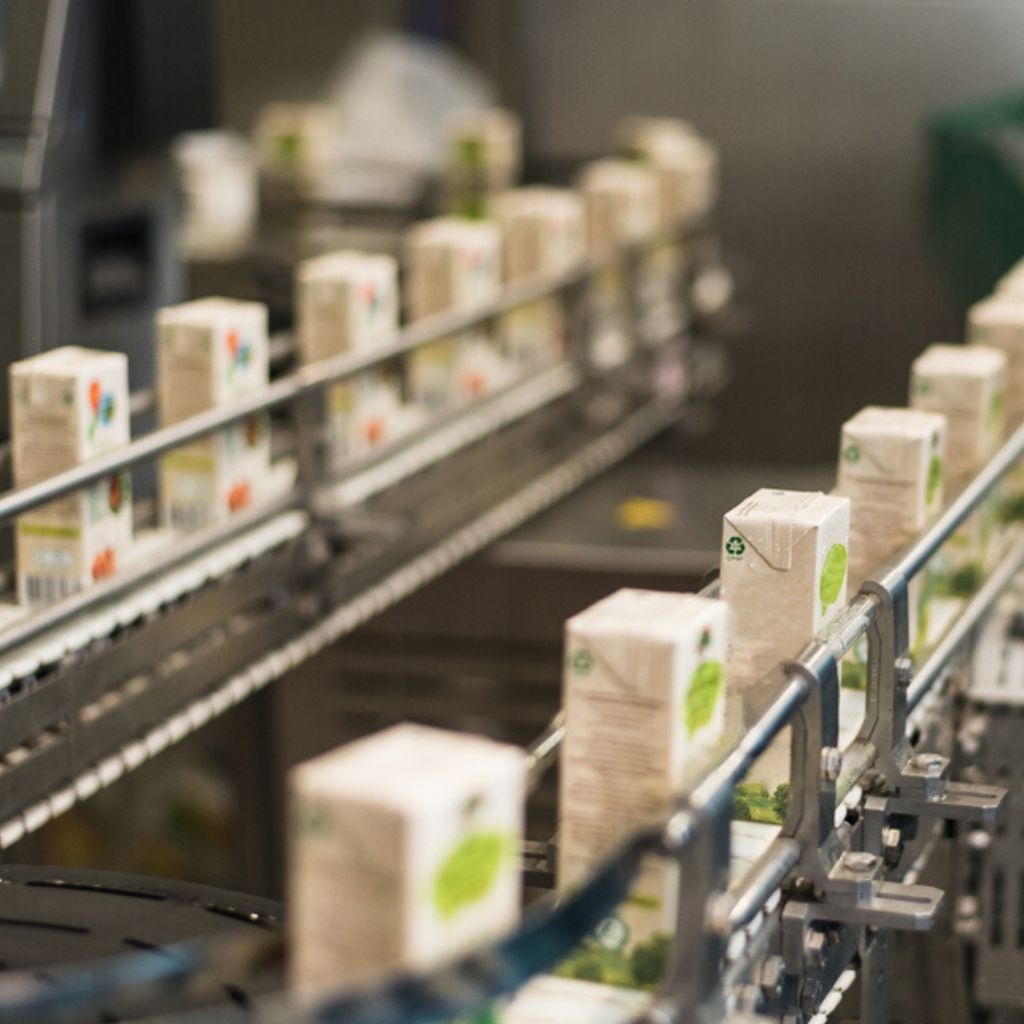
Tom Grigg looks at real-time process monitoring in DELMIAWORKS
n this video, Tom Grigg, Solutions Architect at Proximity, explains what real-time process monitoring is, and how DELMIAWORKS use real-time process monitoring alongside PLMs, as part of their MES solution.
What does real-time process monitoring mean in manufacturing?
Process monitoring is an essential functionality for anyone running a manufacturing plant. It’s a system that can collect data directly from a manufacturing machine, or a PLC (Programmable Logic Controller), and analyse that data for reporting and decision-making.
What is a programmable logic controller?
In manufacturing, a PLC, or Programmable Logic Controller, is a two-way communication device that relays data to and from a machine. Most of the machines and equipment found in today’s modern manufacturing settings use a PLC.
How do PLCs & real-time process monitoring work together?
The data extracted from a machine via a PLC can give you valuable information, but in many cases, the data isn’t used or can’t even be interpreted. Real-time process monitoring takes all that data and maps it to a database. The information can be drawn together, analysed and used in business-critical decision-making.
Why use real-time process monitoring?
By analysing PLC data, and cross-referencing it with output, manufacturers can determine the parameters that will produce the highest quality manufactured goods, with the minimum of wasted resource.
Transcript:
Hi, I’m Tom Grigg from Proximity Enterprise Solutions and I’m just going to talk to you a few moments today about real-time process monitoring.
Real-time process monitoring is effectively when we, or a system, can collect data directly from a machine or a PLC.
Most machines or equipment that are used today in modern factories have what’s called a PLC, or a Programmable Logic Controller. These are two-way communication devices: to the machine and from the machine, so it can take data in and it can also push data out, but a lot of this data that’s pushed out, it doesn’t actually go anywhere or it’s not interpretable.
So what we do with real-time process monitoring, is we’re able to take that data and map it on a database directly to the PLC. We can draw all of that information in that data, we can analyse it and then we can use it to make business-critical decisions, so we can determine parameters of what’s going to actually give us the best parts.
As an example, we can cross-reference that to periods when there’s high scrap. If on an injection moulding machine, one of the parameters to the monitoring is the barrel temperature, we can cross-reference that barrel temperature directly with the scrap levels that are outputting on the machine, so we can work out if there’s an optimum barrel temperature which is going to reduce the scrap, or whether if there’s a particular barrel temperature which is going to produce more scrap. By doing that, we’re able to hone in on the exact characteristics for a manufacturer that we need to adhere to in order to manufacture the best parts with the minimum amount of scrap.
If you can understand how that might be a benefit to your business, then please get in touch, happy to have a chat anytime.
Thank you.
Posted by Joe on 3rd June 2020.

